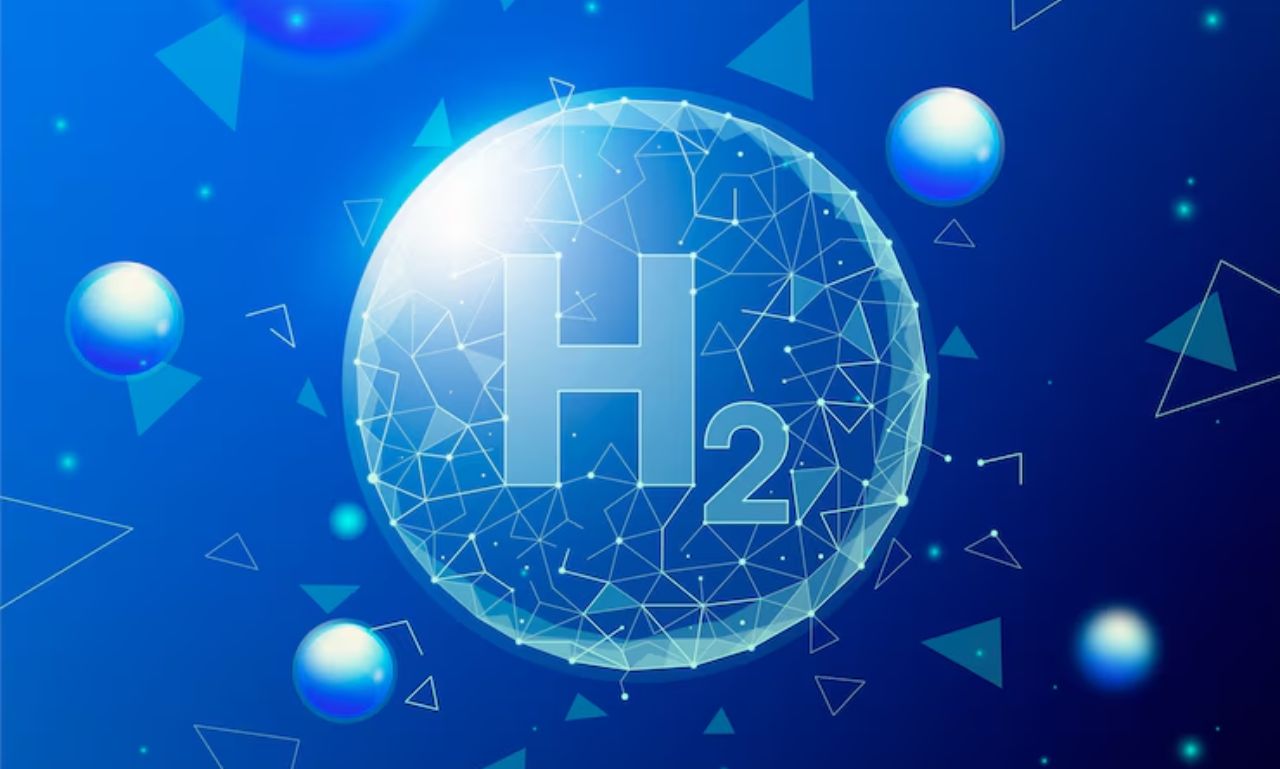The chemical reaction between hcooch ch2 h2o is a fundamental process in organic chemistry with applications in industrial synthesis, biochemical pathways, and environmental science. This article explores the mechanism, thermodynamics, applications, and safety considerations of this reaction, providing a detailed analysis for students, researchers, and industry professionals.
1. Understanding the Components
HCOOCH2 (Formaldehyde)
- Chemical Formula: CH₂O
- Structure: A simple aldehyde with a carbonyl group (C=O) bonded to two hydrogen atoms.
- Properties:
- Colorless gas with a pungent odor
- Highly soluble in water
- Used in resins, disinfectants, and preservatives
H2O (Water)
- Role in the Reaction: Acts as a nucleophile and solvent.
- Impact on Reactivity:
- Polar nature facilitates dissolution of formaldehyde.
- Participates in hydrolysis and hydration reactions.
2. The Chemical Reaction: hcooch ch2 h2o
Reaction Equation
HCOOCH2+H2O→HCOOH+CH3OH
(Formaldehyde + Water → Formic Acid + Methanol)
Mechanism of Reaction
- Nucleophilic Attack:
- Water’s oxygen attacks the electrophilic carbon in formaldehyde.
- Intermediate Formation:
- A geminal diol (H₂C(OH)₂) forms temporarily.
- Rearrangement & Product Formation:
- The diol decomposes into formic acid (HCOOH) and methanol (CH₃OH) under certain conditions.
Thermodynamics & Kinetics
- Gibbs Free Energy (ΔG): Negative, indicating spontaneity under standard conditions.
- Activation Energy: Moderate, requiring mild heating or catalysts.
- pH Dependence: Faster in acidic or basic conditions due to catalysis.
3. Industrial & Biological Applications
Industrial Uses
Resin Production: Formaldehyde-water solutions (formalin) used in adhes
FAQs
1. What happens when formaldehyde (HCOOCH₂) reacts with water (H₂O)?
Formaldehyde dissolves in water to form methanediol (H₂C(OH)₂), which can further decompose into formic acid (HCOOH) and methanol (CH₃OH) under certain conditions.
2. Is the reaction between HCOOCH₂ and H₂O reversible?
Yes! The equilibrium favors methanediol in water, but heating or acid catalysis can reverse the reaction to release formaldehyde gas.
3. Why is this reaction important in industry?
It’s critical for producing formalin (formaldehyde-water solutions), used in disinfectants, resins, and preservatives.
4. Does this reaction occur naturally?
Yes—formaldehyde dissolves in atmospheric water vapor, contributing to environmental chemistry and pollution.
5. What safety precautions are needed for this reaction?
Use fume hoods and gloves—formaldehyde is toxic, and formic acid (a byproduct) is corrosive.
6. Can enzymes catalyze hcooch ch2 h2o in living systems?
Absolutely! Formaldehyde dehydrogenase in humans detoxifies formaldehyde via water-dependent reactions.
7. How does pH affect the reaction speed?
Both acids (HCl) and bases (NaOH) accelerate the reaction by catalyzing formaldehyde hydration.
8. What analytical methods detect the products?
GC-MS, NMR, or titration identify formic acid and methanol in the mixture.
9. Why is methanol a minor product in this reaction?
The equilibrium strongly favors formic acid unless specialized catalysts (e.g., metal oxides) promote methanol formation.
10. Are there green chemistry alternatives for this process?
Researchers are developing biocatalysts and non-toxic metal oxides to make the reaction more environmentally friendly.

